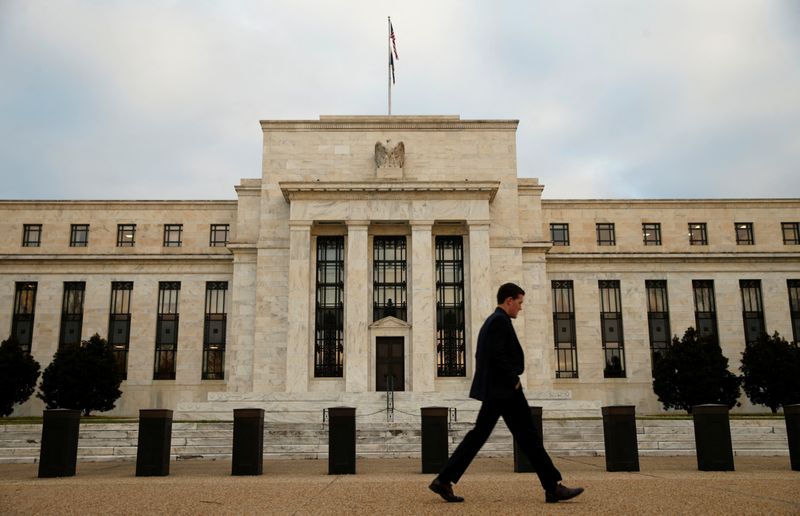On Friday, strengthening U.S. economic and inflation indicators have significantly shifted Federal Reserve policymakers’ discussions regarding the timeline and scope of interest rate cuts. Following favorable data, investor sentiment has gradually adjusted, notably reducing anticipations for a rate decrease during the Federal Reserve’s upcoming December meeting. While Fed officials maintain confidence that inflation is being managed effectively, allowing for gradual reductions in the benchmark rate, there remains considerable debate over the pace of these cuts and the thresholds that define a “neutral” interest rate. Fed Chair Jerome Powell emphasized that the ongoing strength of the economy permits the Fed to adopt a more measured approach to rate discussions, suggesting that a quick succession of rate cuts, once anticipated, may no longer align with the most recent economic realities.
As market perceptions evolve, the political landscape is also shifting following Donald Trump’s recent election as president. Wall Street is adapting to the possibility of heightened inflationary pressures in the coming year, influenced by the new administration’s potential policies such as tax cuts, increased tariffs, and immigration reforms. Although Fed officials claim that they are not factoring these political changes into their decisions, the financial markets are responding with adjustments in expectations for the Fed’s monetary policy. Considerable fluctuations in investors’ forecasts have been noted over the past week, with voices within the Fed expressing varying urgency toward rate cuts.
On Friday, data released further exceeded expectations, featuring robust retail sales and increased prices for imported goods. Following this data release, market adjustments reflected a downward revision of the probability for a December rate cut, now estimated at approximately 60%, compared to a previous 70% anticipation. Citigroup’s index, which gauges data surprises relative to economists’ consensus predictions, reached a peak not seen in seven months, influenced by the unexpectedly strong retail figures. This upward trend in economic indicators has compelled some officials to reassess the sustainability of recent data trends.
Chicago Fed President Austan Goolsbee pointed out that recent volatility in key economic reports, including an underwhelming jobs report for October, may have been skewed by external events like storms and strikes. He expressed a belief that inflation would gradually align closer to the Federal Reserve’s target of 2%. However, Goolsbee also acknowledged that one crucial measure – the Personal Consumption Expenditures price index, which excludes food and energy – remains elevated at an estimated 2.8% for October. His outlook maintains that progressing towards the 2% inflation target over the next year to 18 months would likely enable lower rates. Nonetheless, he cautioned the Fed should carefully evaluate the path toward achieving their goals, suggesting a more tempered approach to rate adjustments could be warranted.
Differing opinions among Fed officials about the appropriate neutral rate add complexity to future monetary policy decisions. The central bank projected in September that policy rates would likely decrease to 2.9% by 2026 at median estimates. However, current investor sentiment points to an expectation of rates remaining at least a percentage point above that forecast. The lack of consensus within the Fed concerning the timing and scale of rate cuts underscores the challenges of navigating economic uncertainty against a backdrop of fluctuating inflation rates and political dynamics.
As the December Federal Open Market Committee meeting approaches, Fed officials are adopting a cautious stance in weighing the incoming data. Policymakers like Boston Fed President Susan Collins have indicated that a rate cut in the next meeting should not be categorically dismissed, highlighting an ongoing commitment to a data-driven approach. The dynamic interplay between economic data, inflation trends, and the political landscape creates a complex environment that will demand meticulous monitoring from both the Fed and market participants in the days leading up to the December meeting.

